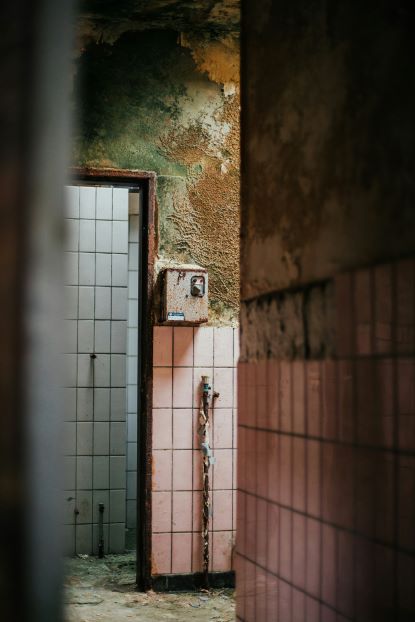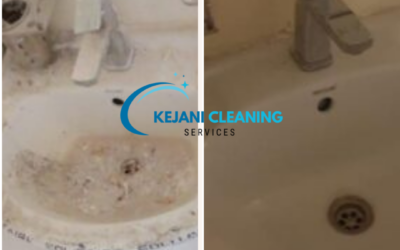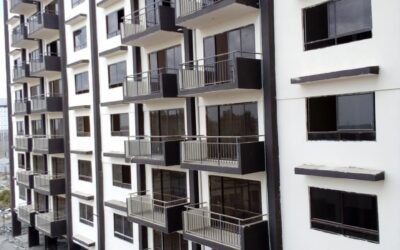In the ever-evolving landscape of construction, the battle against mold is an ongoing challenge that demands meticulous attention. Mold prevention becomes especially crucial after the completion of construction projects to ensure a healthy and durable living or working space. In this expansive guide, we delve into the intricacies of mold prevention strategies, providing an exhaustive exploration of key practices to safeguard your property.
Understanding the Post-Construction Mold Threat
Mold, a type of fungus, thrives in environments with excess moisture. Post-construction, buildings are susceptible to moisture accumulation, creating an ideal breeding ground for mold. This threat poses potential risks to both the structural integrity of the building and the health of its occupants.
Assessing Vulnerable Areas
To effectively combat post-construction mold, it’s paramount to identify vulnerable areas within the building. Basements, crawl spaces, and attics are common culprits, as they often face challenges in proper ventilation and moisture control. Additionally, areas prone to plumbing or roof leaks demand extra scrutiny.
The Role of Humidity in Mold Growth
Understanding the correlation between humidity levels and mold growth is crucial. High humidity can contribute significantly to mold development. Implementing humidity control measures, such as dehumidifiers, can play a pivotal role in mold prevention.
Robust Moisture Control Measures
Implementing Proper Ventilation Systems
Investing in a well-designed ventilation system is a fundamental step in mold prevention. Proper ventilation helps regulate moisture levels, discouraging the growth of mold. Consider incorporating exhaust fans, air vents, and dehumidifiers in key areas susceptible to moisture retention.
Waterproofing Foundations
Addressing potential entry points for moisture is crucial. Waterproofing foundations during the construction phase creates an effective barrier against water intrusion. This not only safeguards the structural integrity of the building but also significantly reduces the risk of mold development.
Importance of Drainage Systems
Efficient drainage systems around the building perimeter are essential for diverting rainwater away from the foundation. Poor drainage can lead to water pooling, creating an environment conducive to mold growth. Regularly inspect and maintain drainage systems to ensure optimal functionality.
Material Selection for Mold Resistance
Opting for Mold-Resistant Materials
In the battle against mold, the choice of construction materials plays a pivotal role. Opt for materials specifically engineered to resist mold growth. Mold-resistant drywall and paints are excellent choices, providing an additional layer of defense against mold infestations.
Sealing and Coating
Sealing surfaces is an effective preventive measure. Applying mold-resistant sealants and coatings to vulnerable areas such as bathrooms and kitchens creates an additional barrier, inhibiting mold growth.
Considerations in Exterior Materials
Beyond interior spaces, exterior materials also play a crucial role in mold prevention. Choosing siding, roofing, and insulation materials with inherent mold resistance enhances the overall protective measures against post-construction mold.
Post-Construction Cleaning: A Crucial Mold Prevention Step
Importance of Thorough Cleaning
Post-construction cleaning is a vital step in preventing mold. Construction projects inevitably leave behind dust, debris, and potential sources of moisture. Thoroughly cleaning the entire space, including hard-to-reach areas, ensures the elimination of potential mold breeding grounds.
Removal of Construction Debris
Construction debris can harbor moisture and provide a conducive environment for mold growth. Timely removal of debris, such as wood scraps, drywall dust, and insulation materials, is essential. This not only aids in mold prevention but also contributes to a cleaner and safer living or working environment.
Professional Cleaning Services
Engaging professional post-construction cleaning services brings an added layer of expertise. These professionals have the tools and knowledge to tackle residual dust, contaminants, and hidden moisture. Their thorough approach significantly reduces the likelihood of mold development in the aftermath of construction.
Regular Inspections and Maintenance
Scheduled Inspections
Proactive measures are key to successful mold prevention. Conducting regular inspections allows for the early detection of potential issues. Addressing leaks, cracks, or signs of moisture promptly can prevent mold from gaining a foothold.
Routine Maintenance Checks
Regular maintenance checks are paramount in ensuring the longevity of mold prevention measures. Cleaning gutters, repairing roof damage, and addressing plumbing issues are integral components of ongoing maintenance that contribute to a mold-resistant environment.
The Role of Professional Inspections
Engaging the services of professional inspectors can provide a comprehensive assessment of your property’s vulnerability to mold. These experts can identify hidden issues, recommend targeted solutions, and offer valuable insights into maintaining a mold-free environment.
Educational Outreach for Building Occupants
Promoting Awareness
Empowering building occupants with knowledge about mold prevention is essential. Conduct workshops, distribute informational materials, and foster a culture of awareness regarding the importance of maintaining a dry and well-ventilated space.
Tenant Responsibilities
In multi-unit buildings, tenants play a vital role in mold prevention. Clearly communicate responsibilities related to proper ventilation, reporting leaks promptly, and adhering to maintenance guidelines. Collaboration between property owners and tenants is crucial for a holistic approach to mold prevention.
Technological Advances in Mold Prevention
Smart Building Solutions
Advancements in technology offer innovative solutions for mold prevention. Smart building systems with sensors can detect changes in moisture levels, enabling timely intervention. Investing in these technologies can provide an added layer of protection and peace of mind.
Conclusion
In the battle against post-construction mold, a multi-faceted approach is essential. From robust moisture control measures to strategic material selection, proactive inspections, post-construction cleaning, and technological integration, each step contributes to creating an inhospitable environment for mold growth.






0 Comments